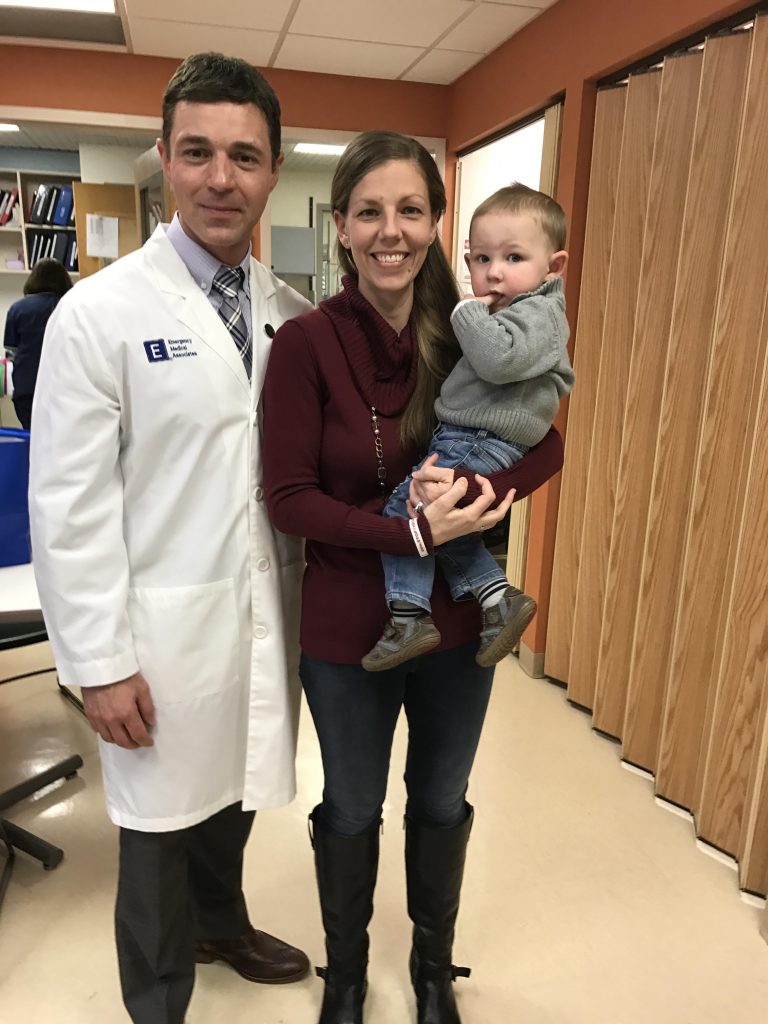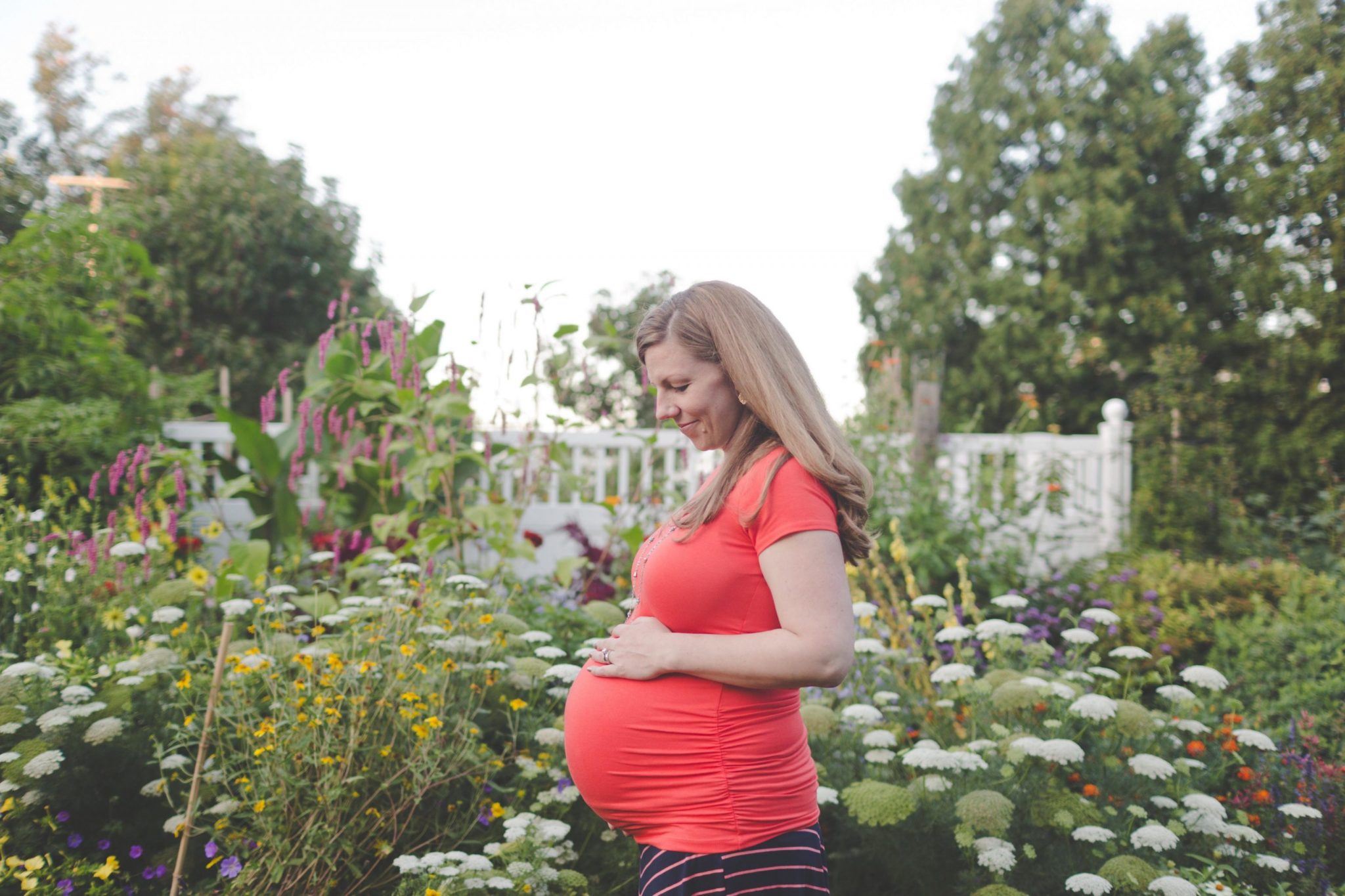It started as an ordinary Monday morning in June 2015. I arrived at work and swiped my badge to access the elevator corridor when I noticed a sign taped to the steel doors that read, “OUT OF SERVICE.” I knew the sign meant that I would be huffing up the stairs, even though I was seven months pregnant. As I approached the third floor I felt dizzy, and my vision started to get spotty. Aware that falling down the stairs would likely hurt or even kill the baby, I mustered up all my strength and willpower to propel myself into the hallway. Mere seconds later, I was at the threshold pulling the door open with all my might and gasping for breath!
One ambulance ride later, I met Dr. Milano for the first time in the emergency room. He ran several blood tests and ordered an arm and leg Doppler scan to check for blood clots, but everything came back normal. My pulse was still in the 150 beats per minute range, even though I had been at rest for hours. By this time, I was exhausted and ready to go home.
“One more test,” Dr. Milano said to me. He ordered a D-Dimer, which measures the concentration of the fibrin degradation product, if present. The test is used to rule out blood clots, which was what Dr. Milano wanted to do before letting me leave. An hour later, I heard the words, “We suspect you have a pulmonary embolism.” A low dose radiation CT scan confirmed I had two. If the elevator was working that day, I never would have known that I had two silent killers perched precariously inside my chest waiting to strike. By God’s mercy, I didn’t succumb to one of the leading causes of sudden maternal death in the world that day.
 The scary part of all of this is that so many of the symptoms I was experiencing were a “normal” part of pregnancy, symptoms like slowness, shortness of breath, and fatigue. All of the pregnancy books told me I should expect them. Little did I know, I was blaming the pregnancy for big warning signs that death was imminent. As my story indicates, blood clots and complications relating to their treatment can happen to anyone, including pregnant women with no prior risk factors or underlying blood disorders. I have learned that physician education is imperative for more women to be survivors. I have read countless stories of men and women losing their lives because blood clots continue to go undiagnosed despite medical care. Dr. Milano’s knowledge of how blood clots manifest themselves is the reason my son and I are alive today.
The scary part of all of this is that so many of the symptoms I was experiencing were a “normal” part of pregnancy, symptoms like slowness, shortness of breath, and fatigue. All of the pregnancy books told me I should expect them. Little did I know, I was blaming the pregnancy for big warning signs that death was imminent. As my story indicates, blood clots and complications relating to their treatment can happen to anyone, including pregnant women with no prior risk factors or underlying blood disorders. I have learned that physician education is imperative for more women to be survivors. I have read countless stories of men and women losing their lives because blood clots continue to go undiagnosed despite medical care. Dr. Milano’s knowledge of how blood clots manifest themselves is the reason my son and I are alive today.
Bilateral pulmonary emboli and postpartum hemorrhage changed my life. Only now can I say it has been for the better, because these conditions have given me a future purpose in advocating for maternal health and blood donation. It is easy to dismiss statistics and conditions when they are faceless. I hope my story highlights the dire need for better doctor and patient education. We must change the care culture.
Pregnancy and childbirth are understandably an exciting time in a woman’s life, but many doctors do not inform patients about the signs of the complications that should trigger an immediate trip to the emergency room. Education isn’t a scare tactic, it prepares patients for the battle that may lie ahead, and ensures that the next generation of women become survivors rather than statistics. When the rate of maternal near-miss and mortality is rising in the United States, it is time to start having these difficult conversations.
Casey Cattell struggled with infertility for more than a decade before giving birth to her son, Nathan, in 2015. She is a two-time maternal near miss survivor writing at www.theheartofhome.net to give hope to women in the midst of hardships. Maternity photographs taken by C. Noelle Photography.




